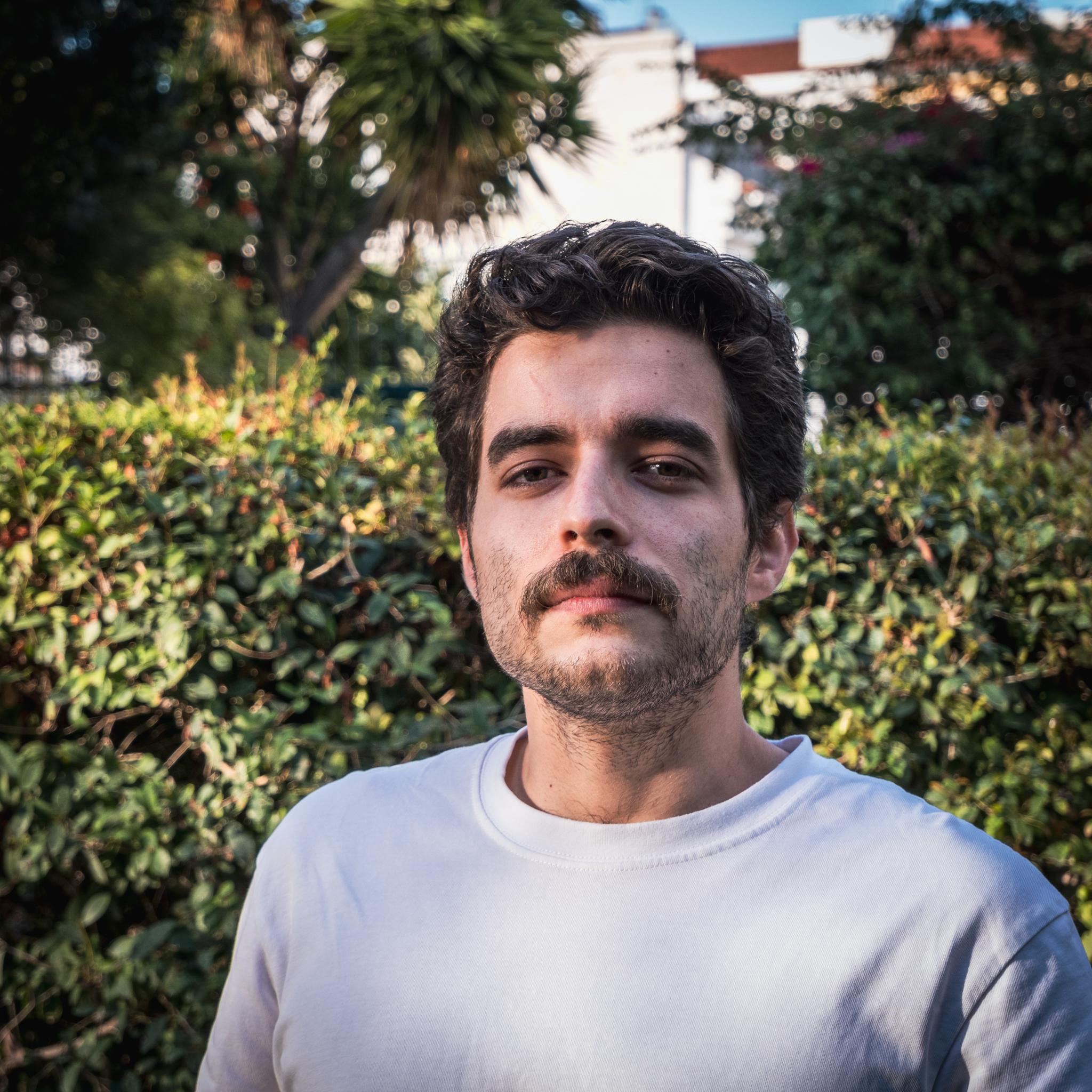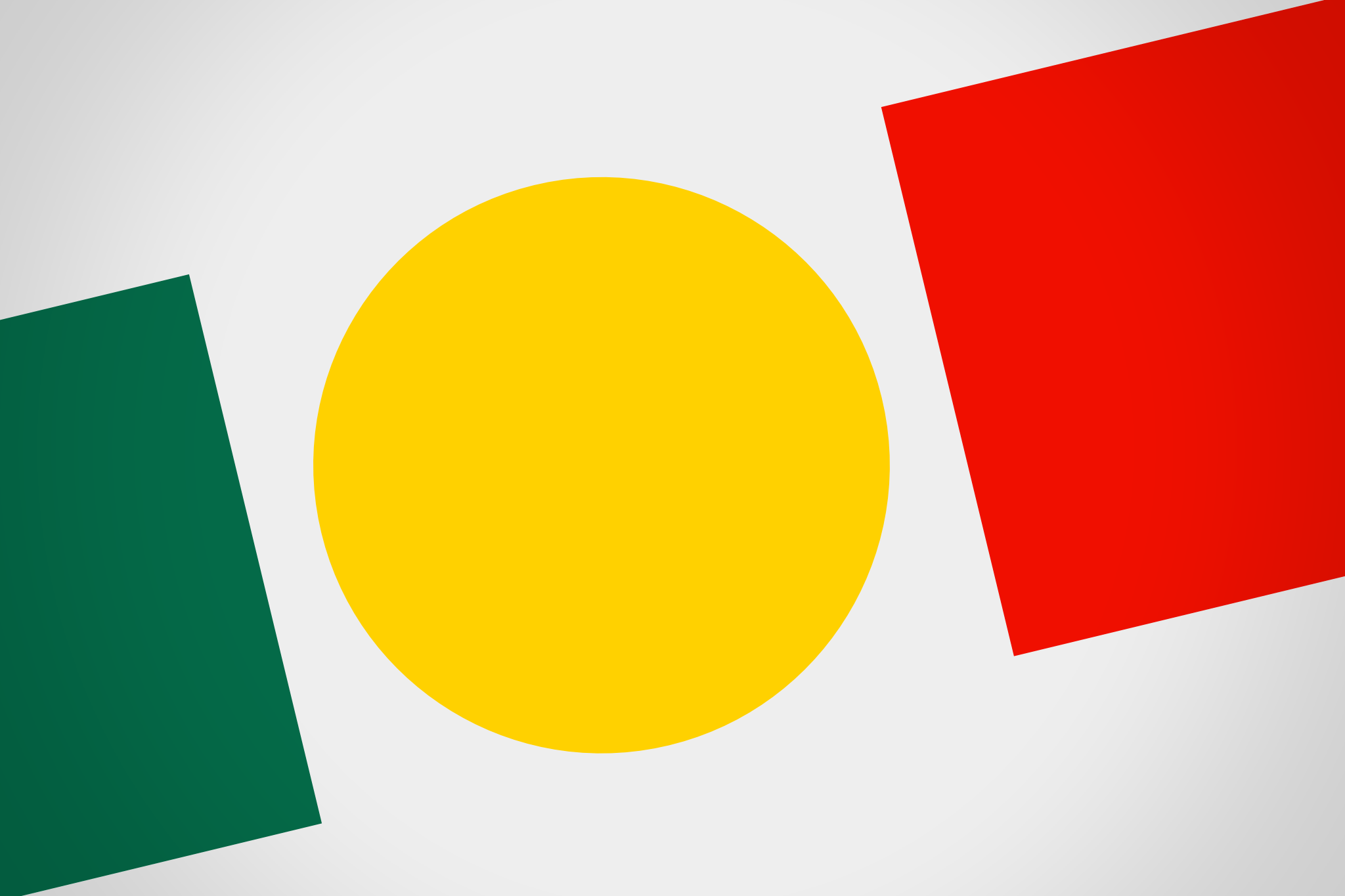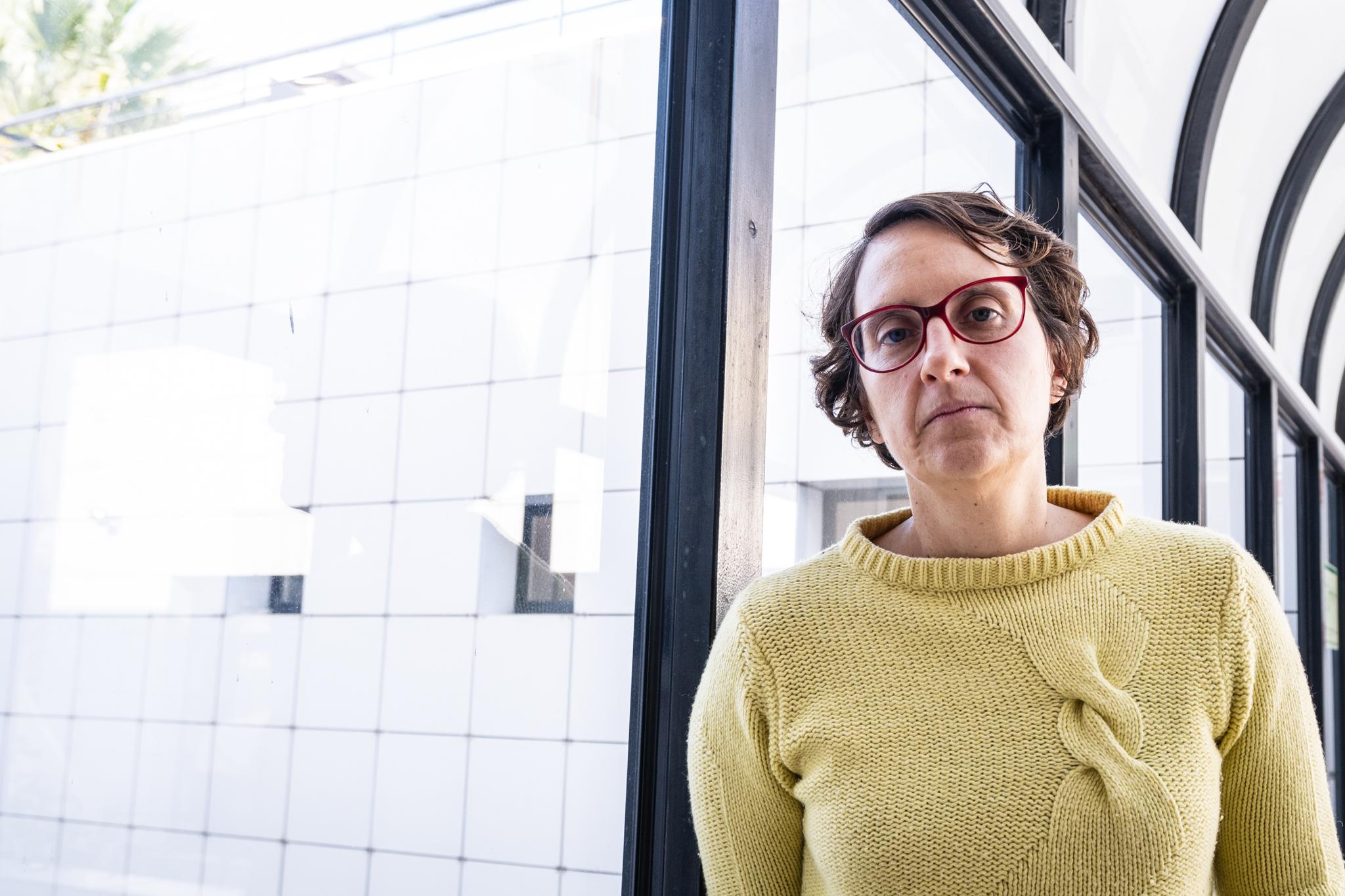This is the english version of Raphaël Bastide: “A net art, como a street art, está acessível a um grande público mas nem toda a gente é capaz de a reconhecer” — read the full text in Portuguese.
Raphaël Bastide is a French artist who uses the internet as his artistic medium. He’s part of a underground movement, which has been regenerating since the 1950s, demanding programming languages and the digital space as a field of possibilities to be discovered and reinvented, where the emancipatory potential of the human can discover new chapters. During the quarantine, Bastide developed a daily project consisting on programming and publishing a series of pieces of net art, called Evasive.Tech. In total there are 35 web pages, programs in a creative way that together tell us a story, inviting a change of perception about the possibilities of the internet, even without this being the theme to which the work is subordinated.


Technological progress is mainly associated with achieving efficiency, while creative programming explores a less utilitarian side of these new tools. Is it like a kind of poetry in a new language?
When computers began to appear in universities then people’s homes in the 80s, artists started to experiment with programming as a medium, just like more traditional art practices do wit painting, clay, drawing, language… Art and computers have a long and fascinating history. For example, at the end of the 1950s, Vera Molnar was one of the pioneers to use the computers to create graphic artworks with Fortran, an early programming language. For me, her influence on contemporary visual culture is as important as Cezanne’s on painting. Just like poetry, the creative use of the computers escapes from the question of functional efficiency, and just like poetry, the resulting creations deal closely with the characteristics of the medium and tries to find its limits. My approach is not only to create poetry but to question web technologies, the medium I chose for the project evasive.tech. I am particularly interested in topics such as the presence or absence of interaction within the web browser, the economy of the attention of the audience online, and how to create new cultural artifacts. Artists such as Vera Molnar and lots of others after her, inspires me to make my choices, as well as popular culture, scientific imagery, and the tools I use.


The very term that gives name to this project – evasive – goes against the trend of an increasingly invasive digital world, where social networks stand out. Is this antagonistic relationship a kind of appeal for a different internet?
I chose the name ”evasive.tech” on day 1 of the quarantine. At this time, I had a really fragile idea of what the project would be. I remember I wanted to pick a name that resonates strangely with the word “technology”. Then I used the world “evasive” as a pretext to deploy a narration that is not clear, ambiguous, avoiding its own end at each episode. I found interesting to create a fable adapted to my constraint: writing and programming each day, without knowing what will come the day after. In that case, the conclusion and morality do not exist until the very last day of the project. Now I can look back at the whole fable, I realize the protagonist and the location of the story were kept unclear, most likely to let me the possibility to extend the narrative in many directions each day, like building myself a safety net. To answer more directly to the question, the choice of this name is not directly related to a wish for a different internet, but I remain deeply critical about what the Internet and more particularly the web has become. We are far from the utopia of the 1990s and internet art has matured with this idea as well: artists are creating within a space driven by a couple of extremely powerful companies and not within a free zone, respectful of our data, our cultures, and open like the world wide web we dreamed about 20 years ago. I guess the dark aspect of evasive.tech is influenced by that disappointment.
In times like this of confinement, where the computer serves as a portal to the world, are projects like this that directly question our relationship with technology and its solving tendency even more important?
During the quarantine period, a lot of art institutions filled social media with reproductions of physical works, virtual tours of physical exhibitions or artists portraits. Few institutions have the desire to show content that is made exclusively to be experienced online. Upstream.gallery [1] or We=Link [2] are good examples of online shows occurring during the quarantine, curated within a consideration of the history of internet art [3].
Evasive.tech is part of those projects, made for the web and nowhere else. I decided to start the project not to take advantage of a potential new audience, but because I had in front of me, a good opportunity to focus on a time-based artwork. I am glad if some people discover internet-based art during the COVID-19 quarantine but I hope this interest will not die with the pandemic. Fascinating artworks happen online for 30 years, it is just a matter of attention and culture to appreciate it and change our relationship to technology. For example, if a person visits an artwork online and takes some time to understand its subject and its context, this visitor already has a critical approach to the technology, because he or she reconsider the internet as an artistic medium and not just as a way to buy train tickets or chat with friends.



This is your 2nd marathon – any explanation for this long format? Do you feel that the constraints you impose on yourself end up shaping the result?
Yes, this format surely affects the result. Evasive.tech is both a stylistic and technical challenge and the time constraint allowed me to crystallize a spontaneous gesture that reflects the weird times I and we are currently living. I think a lot of creative persons needed to produce regularly during the quarantine. It is both reassuring and it allows us to experiment with creation under constraints. I am also interested in coding within a very short time. It somehow has the effect of automatic writing. Programming is often identified as a scientific process that gives life to black boxes with complex maths inside. But in reality, the programs we use every day are more unstable than we think because they are written and updated by human beings and suffer from all our flaws, just like any other work. The pages I make have this human signature, the code, graphics, and the concepts have imperfections I try to understand, control, and integrate. I see this work as a series of sketches in a notebook, an “exercice de style” that brings me a new challenge each day, that I succeed to pass with more or less ease.
Net art has an infinite potential to reach people – do you think there is already an audience that values it or that the perception of technology is something utilitarian and not something creative?
I often compare netart with street art to explain web-based pieces to my students. Both exist in a public space and both share a complex relation to the public, art market, and collectors. Moreover, both net and street art could be accessible to a really large public in theory, but in practice, not everybody is able to recognize and appreciate a piece in the street or online. The difference is a matter of culture and for netart, mostly educated people have this privilege. When you consider that for most people, internet usage is limited to social networks apps, you can imagine that an internet art project visible on desktop only will reach a really small audience. I think it is important to keep that in mind however if it will not stop me to work with this fantastic medium. Media art history is made of singular uncanny experiments with more or less popular medium and I believe the size of the audience is less important than how the artwork resonates within our times. I remain happy to be able to say a few words about netart in the press, so, thank you for your interest!






You must be logged in to post a comment.